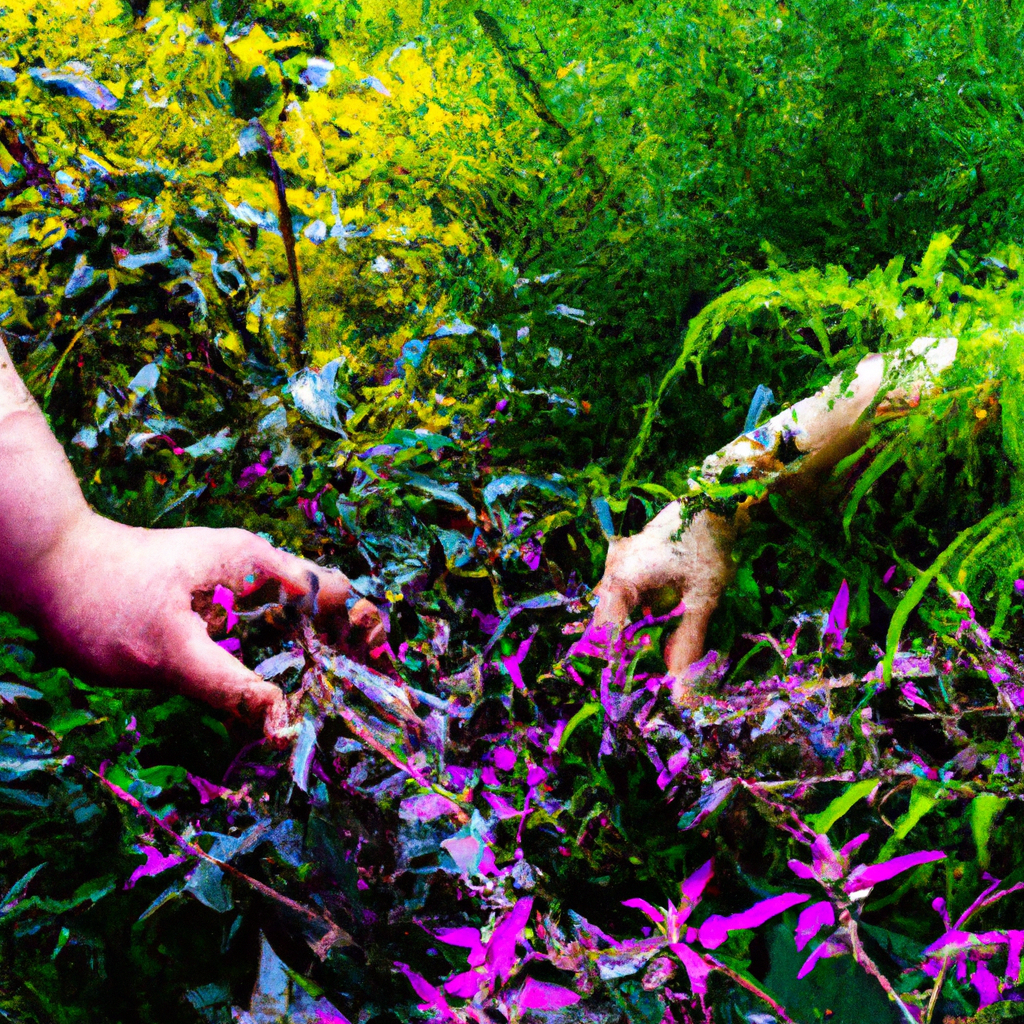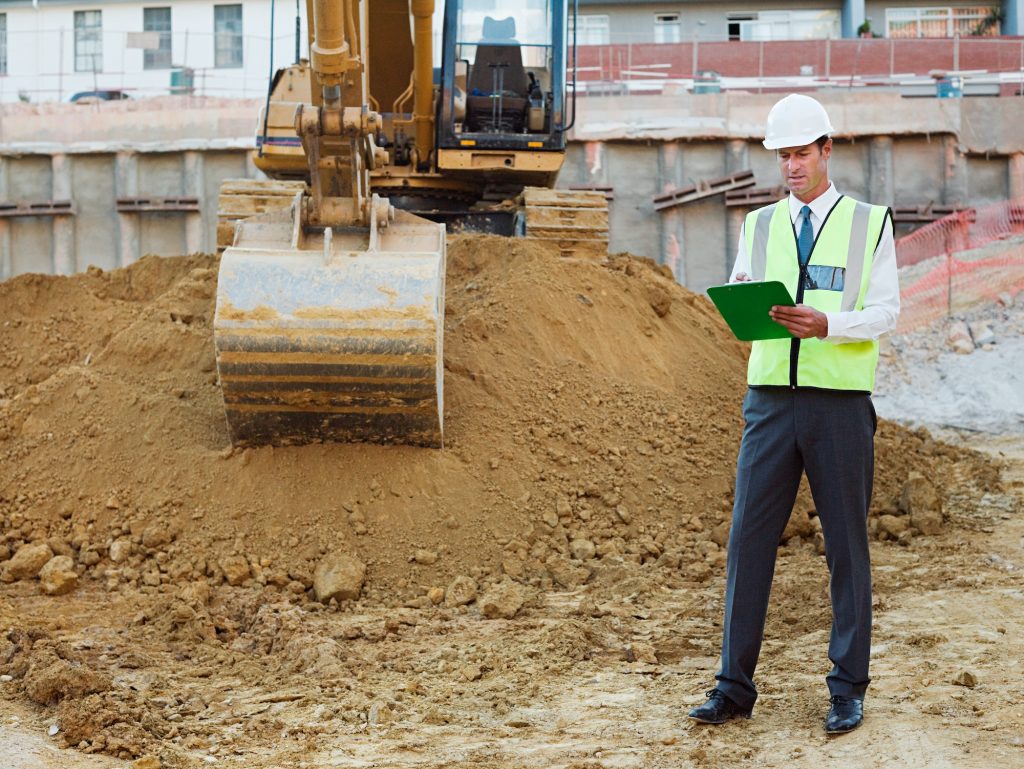
Welcome to the fascinating world of unconventional gardening techniques! In this comprehensive article, we will delve deep into the secrets of one of the most bizarre world records ever achieved in this field. So let’s embark on this botanical journey together and discover the extraordinary world of unconventional gardening!
The Record-Breaking Technique
Imagine a gardening technique that defies all norms and expectations. A technique so unusual that it holds the Guinness World Record for the most bizarre gardening method ever attempted. Enter “Extreme Upside-Down Gardening,” a technique that challenges conventional wisdom and pushes the boundaries of what is possible in the realm of gardening.
The Concept Behind Extreme Upside-Down Gardening
Extreme Upside-Down Gardening, as the name suggests, involves growing plants in an inverted position. Instead of the traditional method of planting seeds or seedlings in the ground or containers with the roots facing downwards, this technique flips the concept on its head. By suspending plants upside down, gravity takes on a new role in the growth process, resulting in unique and unexpected outcomes.
Unconventional Tools and Materials
To undertake Extreme Upside-Down Gardening, you will need a few unconventional tools and materials. Firstly, select plants that are well-suited to this technique, such as tomatoes, peppers, strawberries, and herbs. These plants tend to thrive in upside-down positions due to their ability to adapt and redirect their growth patterns.
Next, you will require containers specifically designed for upside-down gardening. These containers are typically cylindrical in shape with holes at the bottom for plant insertion. They allow the plants to hang freely, providing ample space for their roots to grow and develop.
The Benefits of Extreme Upside-Down Gardening
Now you might be wondering, why bother with such an unconventional gardening technique? The benefits of Extreme Upside-Down Gardening are manifold and can make a significant impact on your gardening experience. Let’s explore some of these advantages:
- Space Optimization: By suspending plants upside down, you can make efficient use of vertical space, especially in compact urban environments where horizontal gardening space may be limited.
- Pest and Disease Control: Growing plants upside down can help deter certain pests and diseases that typically afflict plants grown in traditional gardening methods. The inverted position can make it more challenging for pests to access the plants, reducing the risk of infestations.
- Enhanced Air Circulation: When plants are positioned upside down, air circulates more freely around the leaves and stems, reducing the risk of fungal diseases. This improved airflow also aids in pollination, leading to healthier plants and increased yields.
- Easy Maintenance: Upside-down gardening often requires less maintenance compared to traditional gardening methods. Watering becomes more efficient, as excess water drains away easily, and the need for weeding is significantly reduced.
Getting Started with Extreme Upside-Down Gardening
Now that you’re intrigued by the possibilities of Extreme Upside-Down Gardening, let’s explore the step-by-step process to get started:
- Select the Right Plants: As mentioned earlier, choose plants that are well-suited to upside-down growth. Consider their size, root structure, and adaptability to inverted positions.
- Prepare the Containers: Ensure that the containers you choose are clean and have proper drainage holes. Fill them with a well-draining potting mix, leaving enough space for the plant’s roots.
- Planting and Maintenance: Gently insert the plant through the bottom hole of the container, allowing the foliage to emerge from the top. Secure the plant in place, making sure it is stable. Water the plant thoroughly and maintain regular watering and fertilization schedules.
- Hanging the Containers: Find a suitable location to hang your containers, ensuring they receive adequate sunlight. Balconies, patios, or pergolas are excellent options. Use sturdy hooks or hangers to secure the containers, ensuring they are well-supported.
Conclusion
In conclusion, Extreme Upside-Down Gardening is a truly remarkable technique that challenges the norms of traditional gardening. By embracing this unconventional approach, you can explore a world of unique benefits, including space optimization, pest and disease control, enhanced air circulation, and easy maintenance. Remember to select the right plants, prepare the containers properly, and hang them in suitable locations. So why not venture into the extraordinary world of upside-down gardening and create your own botanical masterpiece? Happy gardening!








